
One thing SO MANY OF US (myself included) struggle to communicate is our boundaries.
The good news?
With a little practice, it’s a skill we can all master.
Brené Brown says the most compassionate people are also the most boundaried people. It’s about showing others how to love us better and engaging in meaningful self-care.
Why is it so hard, though? Well, many of us grew up being the “yes” people—smiling, nodding, putting everyone else first. When we don’t vocalize our needs, our boundaries might as well be invisible. And guess what? Invisible boundaries are often crossed.
It feels awful when our boundaries are ignored, right? The best way to prevent this is to get really good at stating them clearly and kindly.
Here’s my own sticky spot: I tend to overgive and neglect my own needs until I’m totally wiped out. Sound familiar? If so, it’s time we all got a bit more comfortable with setting our boundaries. So let’s dive in!
What is a boundary?
Simply put, a boundary is a limit we set around what’s okay and what’s not okay for us. Brené Brown nails it with her definition: “It’s okay if we don’t text every day. What’s not okay is you going silent and turning off your phone for a week.” Or “It’s okay if you need to reschedule. What’s not okay is rescheduling without giving me 24 hrs notice so I can adjust my plans.” Setting boundaries can be about anything—your time, energy, personal space, you name it.
I also resonate with Glennon Doyle describing boundaries as knowing what we are and aren’t responsible for. As in, “I am responsible for regulating my own emotions. I am not responsible for making sure that everyone else has a good time.”
“Daring to set boundaries is about having the courage to love ourselves, even when we risk disappointing others.” Brené Brown
Why is Communicating Boundaries Difficult?
It's often easier to just say “yes” in the moment to avoid conflict. We worry about what others will think or about disappointing them – it’s part of being social animals who need each other to survive. Many of us have been trained to be people-pleasers which means saying no can feel scary. And not knowing what the heck to say stops us from speaking up (don’t worry, I’ve got you covered with some sample scripts below).
Communicating boundaries can feel extra hard with loved ones because we care about their opinions. But remember, it's normal to face some resistance when you start setting new boundaries. It doesn’t mean you’re doing it wrong—it’s just that change is hard for everyone.
“You can either disappoint others or you can disappoint yourself. It’s okay to allow people to be uncomfortable so you can have internal peace.” ~ Glennon Doyle
Setting boundaries is a skill and learning a skill takes practice…
How To Communicate Boundaries
Okay, so how do we say it? Start with a deep breath (or three), remember why this boundary matters to you, and then speak with clarity and kindness. Here are some scripts to help you find the words:
- “I don’t need you to try and fix anything. I just really need someone to listen to how I’m feeling right now.”
- “Thanks for the invite! I’m going to take it easy at home tonight, though.”
- “I appreciate your perspective, but I’m really comfortable with the choices I’ve made.”
- “It doesn’t feel good when you tell me what to believe. I understand your values and I make choices according to my own values.
- “I would love to be there for you. Right now, I don’t have the capacity to support you the way you need me to.”
- “My mental health is important to me. That’s why I choose to devote one hour every day to self-care.”
- “I appreciate that’s your perspective, I just don’t share it.”
- “For me to show up refreshed and able to do my best work I will not work past 8 PM.”
- “Yelling/ naming calling/ dredging up past mistakes is unacceptable. We will speak to each other with kindness or we’ll need to take a time out/break and revisit this when we both feel calmer.”
Remember, it boils down to what’s okay with me and what’s not. What’s my responsibility and what’s not my responsibility.
Where to begin?
Start by reflecting on when you’ve felt drained or overwhelmed. What was too much? What should have been a “no”? Consider what signs will alert you that you’re reaching your limit next time. Set boundaries to protect your energy.
For example, I’ve realized I need quieter time around my period, so I now lighten my schedule a few days before to prevent burnout. (Revolutionary to work with our biology, right?)
Here’s a simple way to begin:
- Schedule “me time” daily.
- Choose a night just for relaxing.
- Spend time outdoors regularly.
First, practice these boundaries with yourself. Then, you’ll find it easier to maintain them with others.
Adjusting Boundaries
Your boundaries aren’t set in stone. They can change as your needs do. Sometimes, flexibility is necessary. If a boundary starts feeling more like a wall, it might be time to adjust it to allow more joy and connection.
For example, if you find yourself always refusing help, maybe tweak that boundary to: “I’m responsible for myself, and part of that is knowing when to ask for help.”
So, what’s one boundary you want to set today? Who needs to know? How will you clearly communicate it?
Remember, setting boundaries is a practice. The more you do it, the easier it gets.
 Love what you read here?
Love what you read here? Send to a friend or subscribe for more posts, perks, and inspiration!





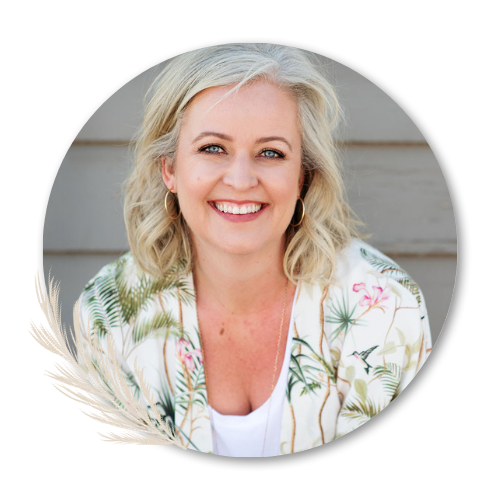

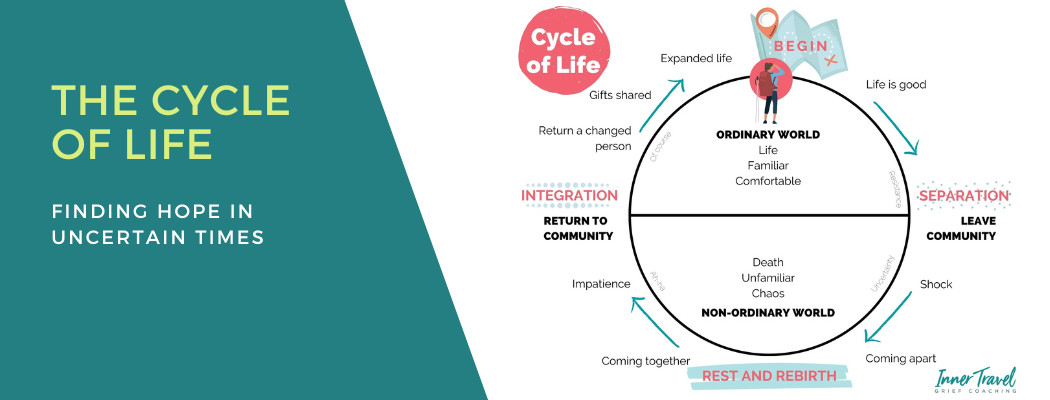




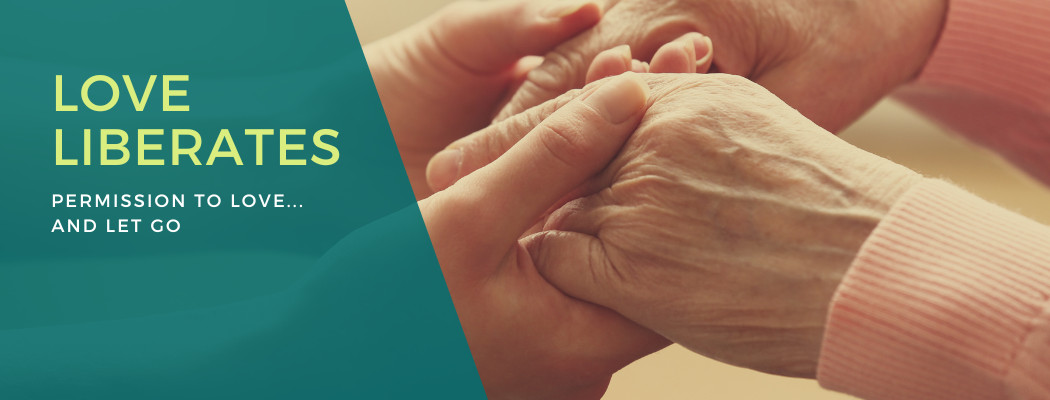
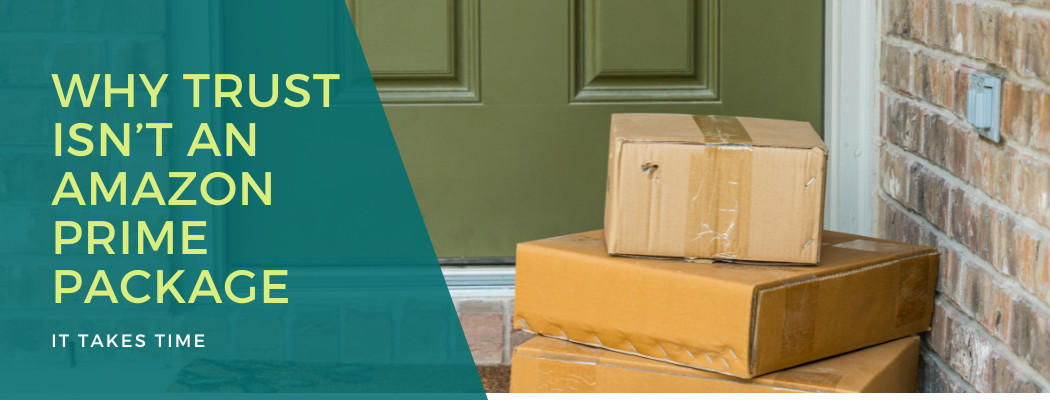
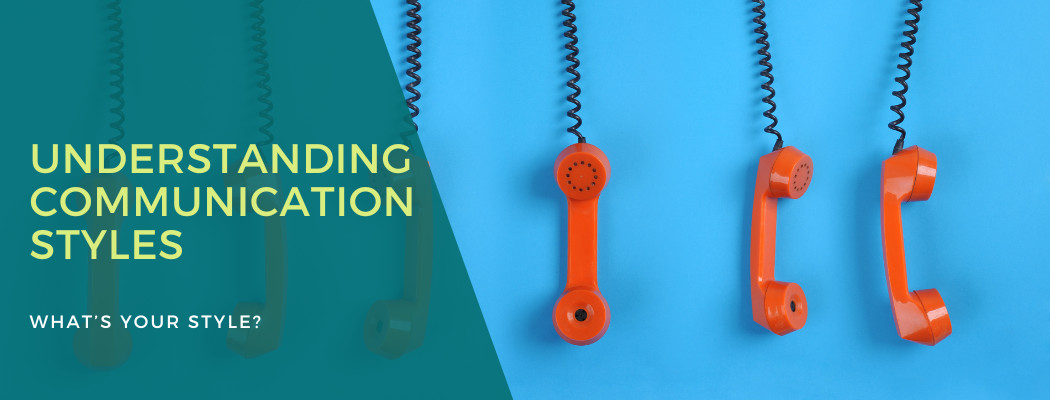







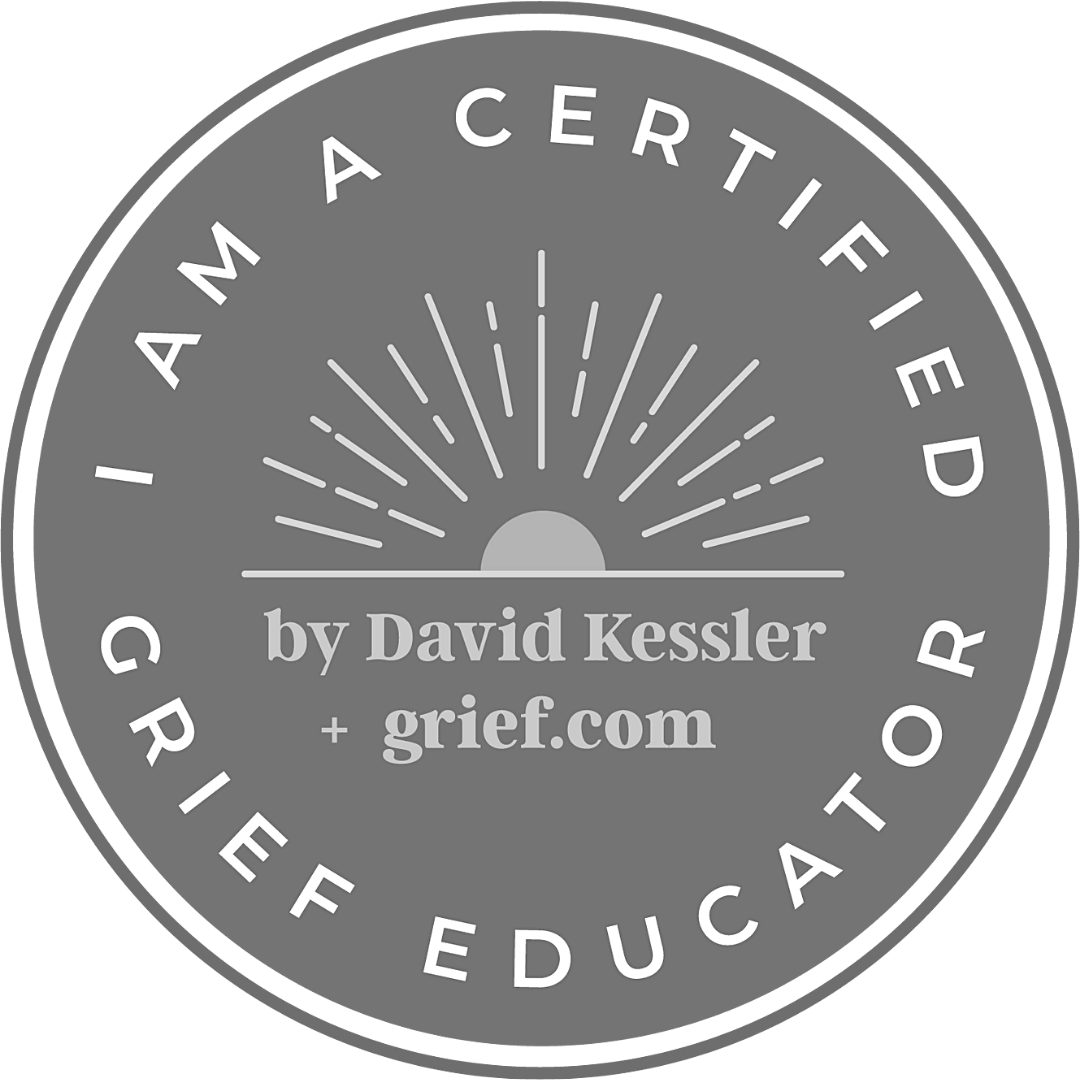




0 Comments